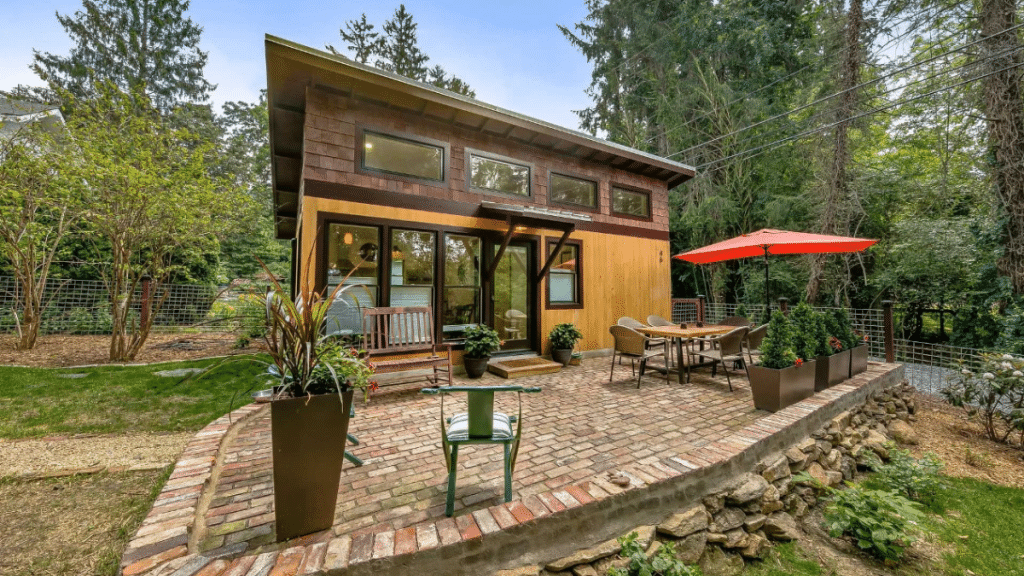Building a custom home sounds great. You get to choose the layout, the look, and all the details. But there are costs that people don’t always think about. Some show up before the building starts. Others pop up after you move in.
If you’re not ready, these costs can sneak up on you.
Before you draw up blueprints or sign a contract, there are hidden costs most builders won’t mention upfront.
Hidden Costs That Hit Before You Even Break Ground
Soil Test and Survey
You need a soil test to check if the ground is safe to build on. That costs $1,000 to $5,000.
You also need a land survey to mark your property lines. That costs $500 to $2,000.
Clearing the Land
If there are trees, stumps, or slopes, you’ll need to clear and level the land. This can cost $5,000 to $30,000.
Steep land, wet areas, or poor soil can push that number even higher.
Permits and Fees
You have to pay the city or county for permission to build. These are called permits. Some places also charge extra fees for roads or water. These can cost a few thousand dollars.
Impact fees and environmental assessments may also apply, depending on your location.
Utility Hookups and Water Systems
Water, Sewer, and Power
If your land doesn’t have utilities, you’ll need to connect them. That means digging, laying pipes, and hooking up power. It can cost $5,000 or more.
No City Water or Sewer?
You’ll need:
- Septic system: $3,000–$15,000
- Water well: $5,000–$12,000+
Both also need regular cleaning and repairs.
Other Possible Costs
- Water filter if your well water isn’t clean
- Propane tank if there’s no gas line
- Internet and phone setup if the area is remote
These are must-haves. Skipping them isn’t an option.
Design Choices That Cost More
Upgrades
The basic build comes with standard features. If you want better cabinets, stone counters, or bigger windows, it costs more. Even small upgrades can add thousands. High-end finishes, smart tech systems, and premium appliances can quickly double your costs in certain areas of the home.
Changes After Work Starts
If you change your mind after building begins, it costs extra. You’ll pay for new materials, more labor, and possible delays.
Other Common Add-Ons
- Custom floors
- Extra lights
- Built-in shelves
Each add-on raises the total price. Stick to your plan to avoid extra costs. Working with a design-build team can help you lock in choices earlier to reduce late-stage surprises.
Delays Mean More Costs
Weather and Shipping Problems
Bad weather can stop work. If it rains or gets too windy, building slows down. If materials don’t show up, everything gets delayed. Even if work stops, you might still be paying the crew.
Loan Interest and Rent
If you’re using a loan, you’re paying interest while the house is being built. If it takes longer, you pay more. If you’re renting while you wait, that’s another monthly cost. Custom homes often take longer than standard builds, especially when high-end finishes or remote locations are involved.
Outside Work Is Usually Not Included
Landscaping
Builders usually don’t include the yard. No grass, no trees, no fence, no sprinkler system. You’ll have to pay for that later. It can cost $5,000 to $30,000, depending on what you add.
Driveways and Walkways
Driveways aren’t always included either. A concrete or paver driveway can cost $8,000 or more. Walkways and paths also cost extra. Check your contract to see what’s included and what’s not. Many homeowners are surprised to find gravel paths instead of finished walkways.
After You Move In
Missing Items
Even though the house is new, it might not have everything. You may need to buy blinds, curtains, a fridge, washer, dryer, and light fixtures. Some rooms might not even have lights yet. All of this can cost $5,000 to $15,000 or more.
Higher Monthly Bills
Custom homes are often bigger, and that means higher bills. You might use more power, water, and heat. Home insurance can also cost more, especially if your house is in a risky area or has fancy features. Ask your builder or lender for an energy estimate and property insurance quote before finalizing your design.
How to Avoid Running Out of Money
Save Extra Money
Building usually costs more than planned. Keep 15 to 20 percent extra in your budget for problems or price changes.
Ask for a Detailed Budget
Do not accept one total price. Ask your builder to show the cost for each part:
- Foundation
- Roof
- Plumbing
- Flooring
This helps you see where your money goes and where you can cut costs if needed.
Work With Someone Who Knows Building
Hire someone with construction experience if you can. They can spot problems early and help you avoid costly mistakes. Consider working with a construction consultant or third-party inspector who reviews estimates and checks quality at each phase. Working with experienced custom home builders can help you catch hidden costs early, avoid delays, and stick to a realistic budget without cutting corners.
Plan Smart Now to Avoid Regrets Later
Custom homes come with more costs than most people realize. Things like land work, hookups, and small upgrades can add up fast. But if you plan for these ahead of time, you’ll avoid big problems later.
Keep extra money in your budget, ask for a full price breakdown, and work with someone who knows the process. A little planning goes a long way.
